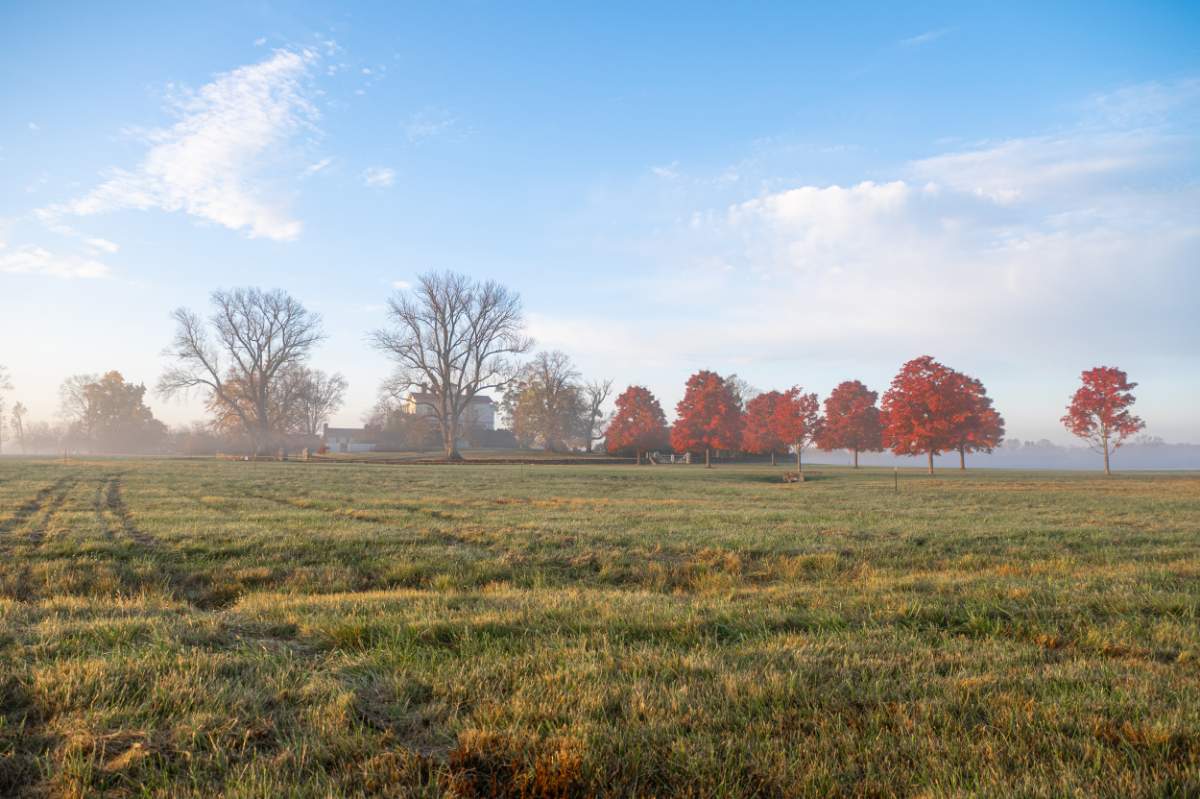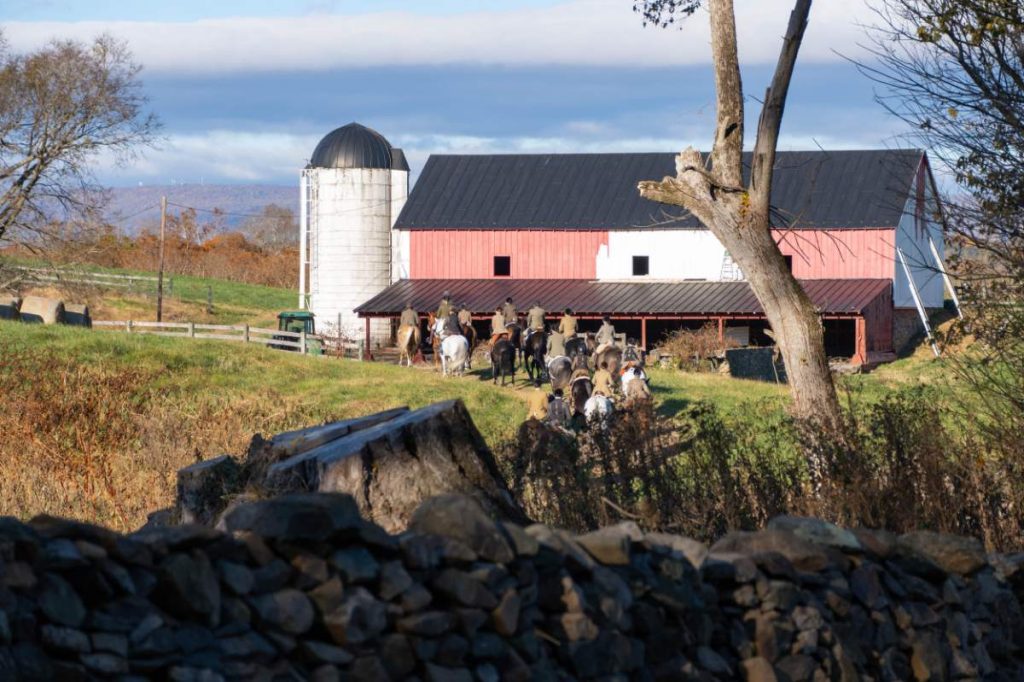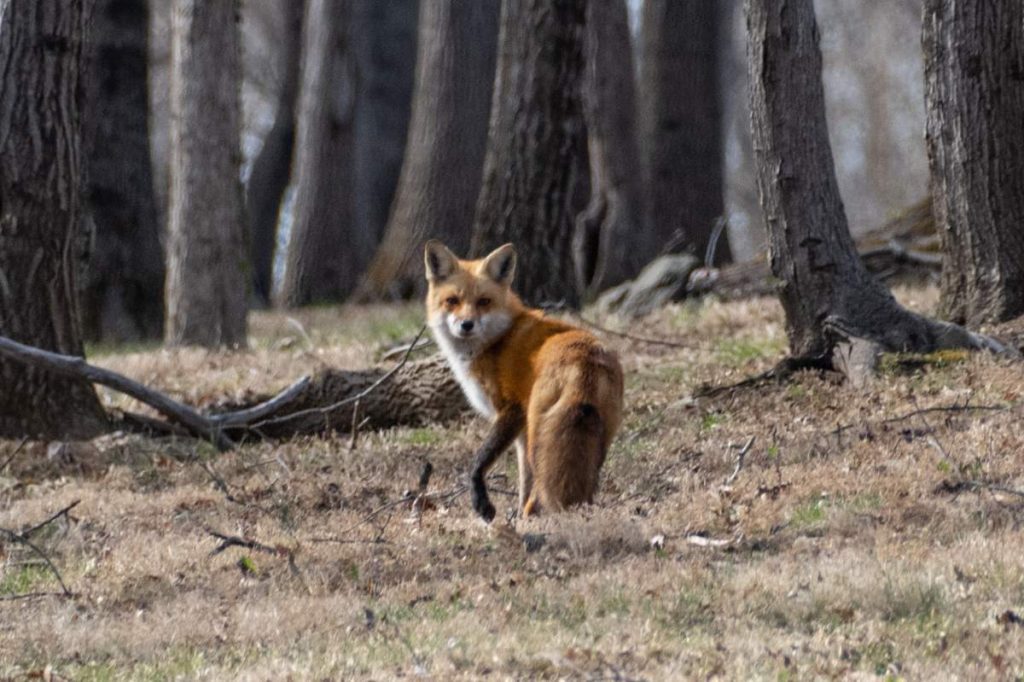Implementing best management practices in the development of your land stewardship plan is critical to protecting your environmental resources, including wildlife habitat, water quality, and soil health. These considerations play an important role in the overall condition of the Virginia Piedmont landscape that ties us all together.


Land stewardship is an educational movement growing across the globe that is driven by the common understanding that caring for and preserving our land has a significant positive impact on the many layers of our landscape.
Stewardship does not simply involve exploring and enjoying your environment. Instead, it requires developing thoughtful and research based management plans that support wildlife habitat, native species, and soil health. It serves as a guiding source in your plans for economizing your land with livestock, crops, and other agricultural pursuits. These plans are rooted in protecting and maintaining natural resources and practicing sustainable agriculture and land preservation.
Beginning a land stewardship project means understanding the current components of your land and its future for potential growth. Gaining a clear awareness of your goals as a land steward will aid you on your journey to developing good land stewardship practices. There are many management strategies to consider to ensure that you support your land’s ecosystem and minimize the adverse effects.
Land should be managed based on the capabilities and limitations of the property, using the practices of native land stewardship and modern conservation theory. This means that land use is done through understanding the theoretical and philosophical framework of land resource areas, the natural world, and ecological conservation processes.
Work cooperatively within your sustainable communities, creating a management plan incorporating landscape-scale issues that must be addressed more significantly, such as fire management, weeds, pests, and natural disaster.
When planning a future landscape, you should consider all the other elements, such as the appropriate placement of infrastructure, vegetation, water, and wetlands in the property's natural resources.
Implementing the sustainable practices used by local communities and methods of stewardship that will improve your connection with the land and enhance your property's natural biodiversity.
Protect and manage the remains of original vegetation communities of your land to enhance their natural ecosystem function.
Maintain your vegetation's natural sections and layers to provide habitats for local animals and insects.
A conservation easement is a private legal agreement between a landowner and a qualified land trust that protects the land from unwanted development in perpetuity. The landowner works with the land trust to craft the legal easement document so that it protects the significant natural and cultural attributes of the land. The conservation easement is a permanent legal document that gets recorded with the property’s deed and travels with the property even when the property changes ownership.
Conservation easements permanently protect the open space and environmental resources of properties for future generations and help conserve the greater integrity of Virginia Piedmont’s historic landscape. Additionally, landowners receive state tax credits which can be sold, as well as federal income tax deductions. Easements also reduce the property taxes for the landowner.




The land deserves to be heard, and your protection is crucial to conserving Virginia's natural resources. Continue to educate yourself and others about land stewardship and how you can care for your property as a landowner.
Human development hinders land growth, so keep your property nature friendly. Plant native species of flowers, trees, and other plants to give the wild animals living on your land a place to find shelter and start a family. Research which native plant species will support life on your property.
Avoid using pesticides, insecticides, herbicides, or chemical fertilizers on your land. They are the leading cause of wildlife poisonings and can put the public at risk.
Do this by hosting community trash clean-ups, restoring native forests and grasslands, removing invasive plant and animal species, and removing old and unused fences, sheds, and other manufactured items from your property.